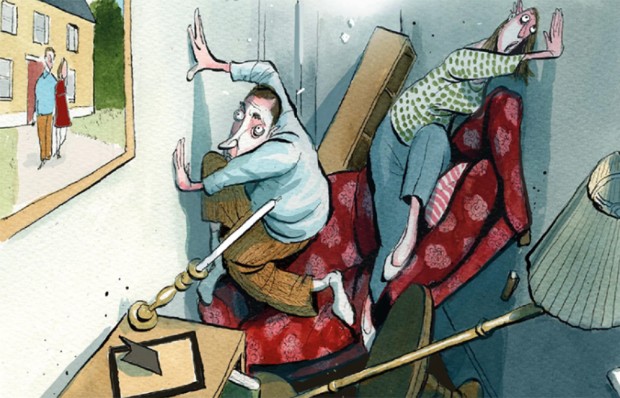Border skirmishes
What did the border between Northern Ireland and the Republic used to look like?
— In 1923 a Common Travel Area between the UK and what was then the Irish Free State established free movement. Passport checks began in the second world war and ended in 1952, though some customs checks continued. The first attempt to control the border came in 1970, when 51 back roads were closed with spikes. But people kept stealing the spikes. Thereafter, there was no official barrier on most of the 200 cross-border roads but patrols were in place and people were expected to cross at 20 crossing points. These were removed after the Good Friday agreement in 1998.
Leftovers
The East of England Co-op is to trial selling some food past its sell-by date more cheaply. Where does most food get thrown away in Britain (once past the farm gate)?
Quantity of waste per year
Household waste 7.3m tonnes
Processing factories
1.7m tonnes
Catering trade
0.9m tonnes
Retailers
0.25m tonnes
Street litter
0.1m tonnes
Wholesalers
0.04m tonnes
Source: WRAP
Cash flow
A dispute over fees threatens ATM machines. How many are there in Britain?
— As of 2015 there were 70,270: 27 per cent attached to bank branches, 46 per cent retail outlets, 10 per cent leisure centres and 8 per cent garages or service stations.
— Of these, 52,717 (75 per cent) are free to use. These are more heavily used, so only 2 per cent of withdrawals incur a fee.
— The average machine dispenses £7,576 per day. Individual withdrawals average out at £69.
Source: Payments UK
Perilous pets
An Oldham family were reported to have adopted a three-stone African wildcat as a pet. How many dangerous wild animals are licensed to be kept on private property in the UK (excluding zoos open to the public)? Figures are from Freedom of Information requests and not all councils responded:
Poisonous snakes 300
Tigers
13
Alligators
10
Pumas
9
Crocodiles 9
Leopards
8
Cheetahs
7
Lions
2
Source:Press Association
Got something to add? Join the discussion and comment below.
Get 10 issues for just $10
Subscribe to The Spectator Australia today for the next 10 magazine issues, plus full online access, for just $10.
You might disagree with half of it, but you’ll enjoy reading all of it. Try your first month for free, then just $2 a week for the remainder of your first year.













Comments
Don't miss out
Join the conversation with other Spectator Australia readers. Subscribe to leave a comment.
SUBSCRIBEAlready a subscriber? Log in